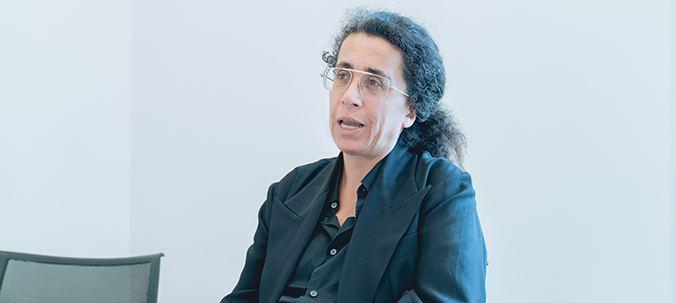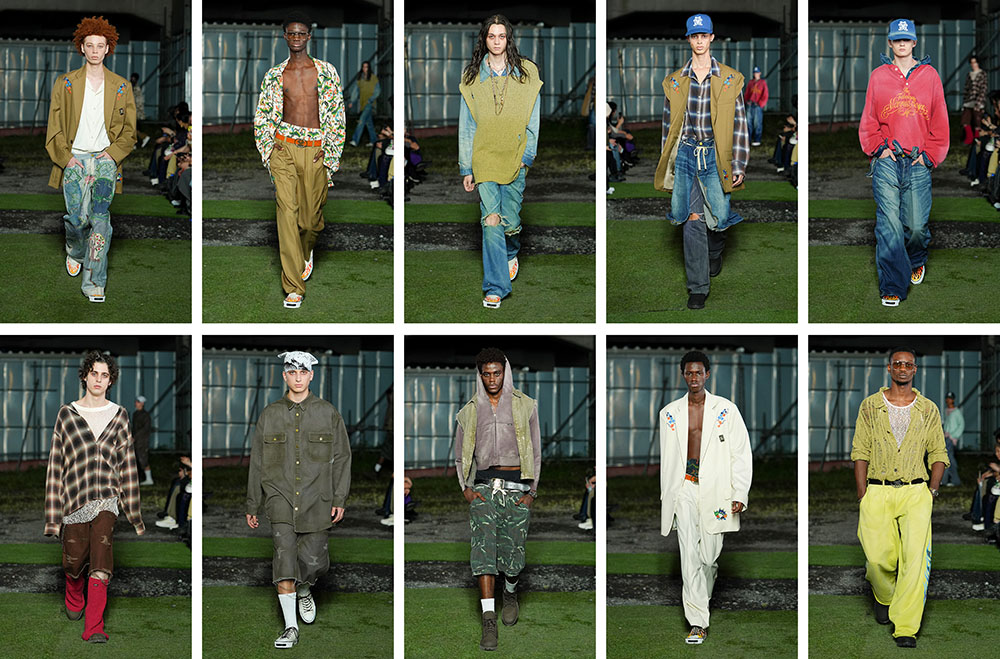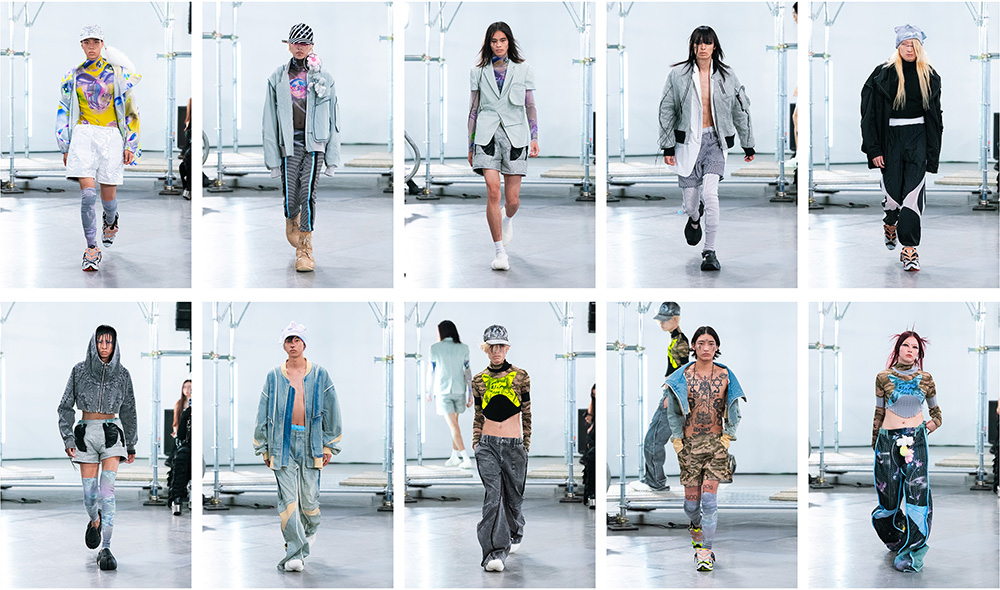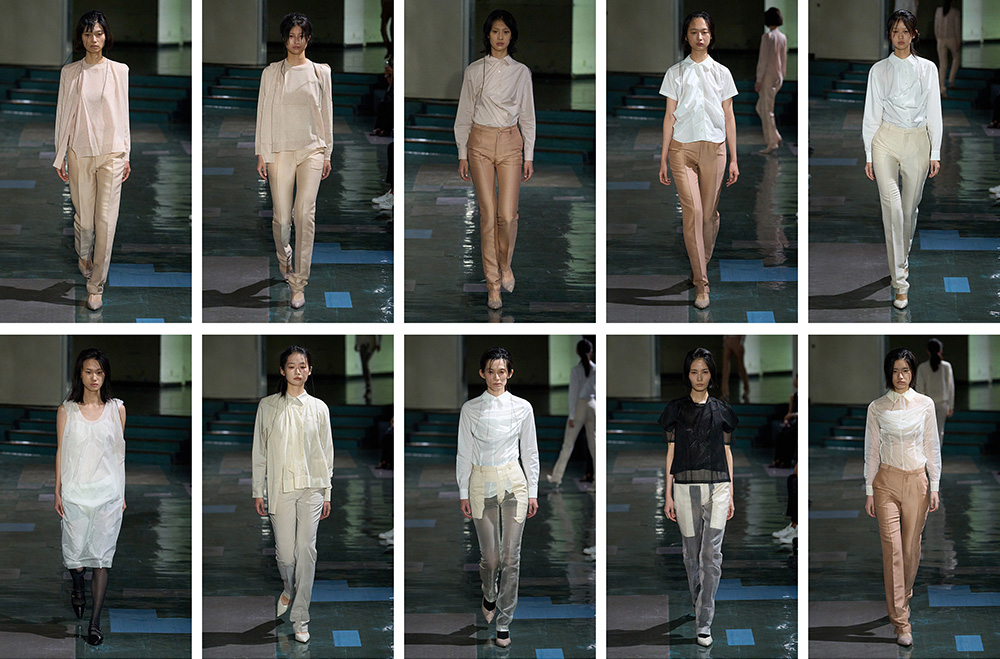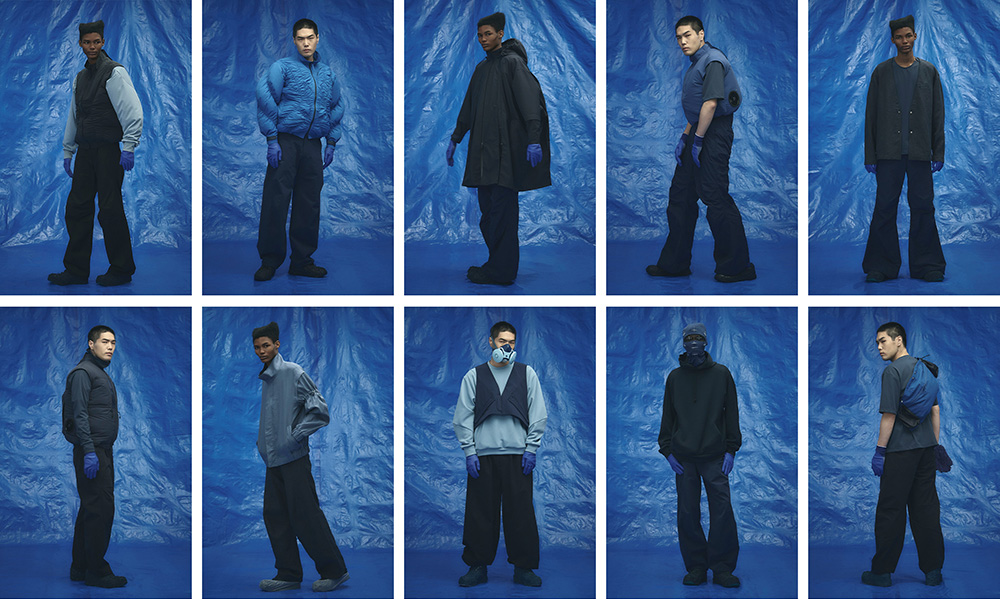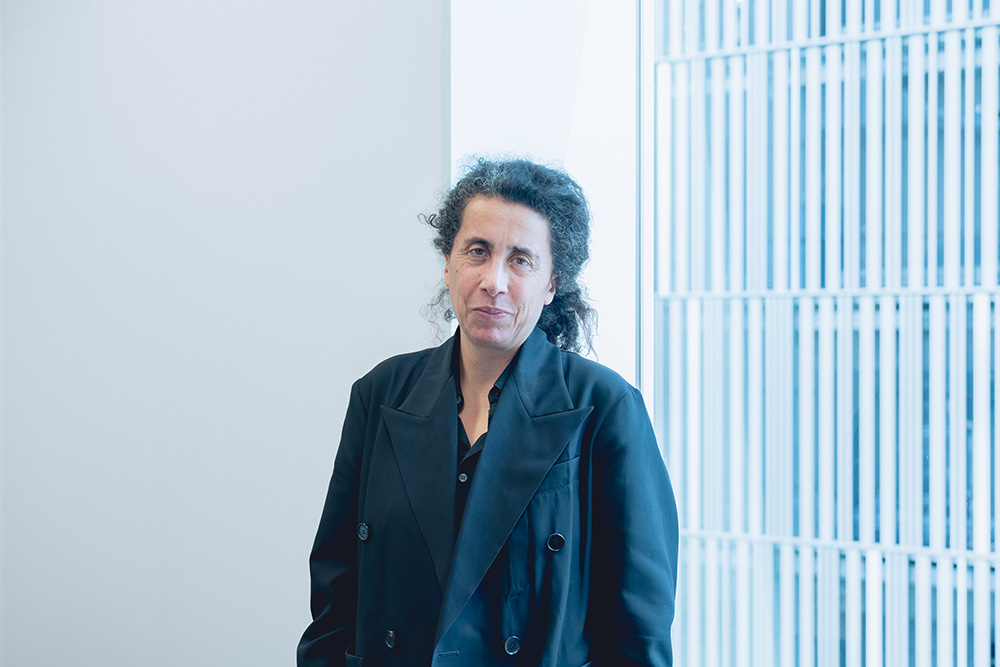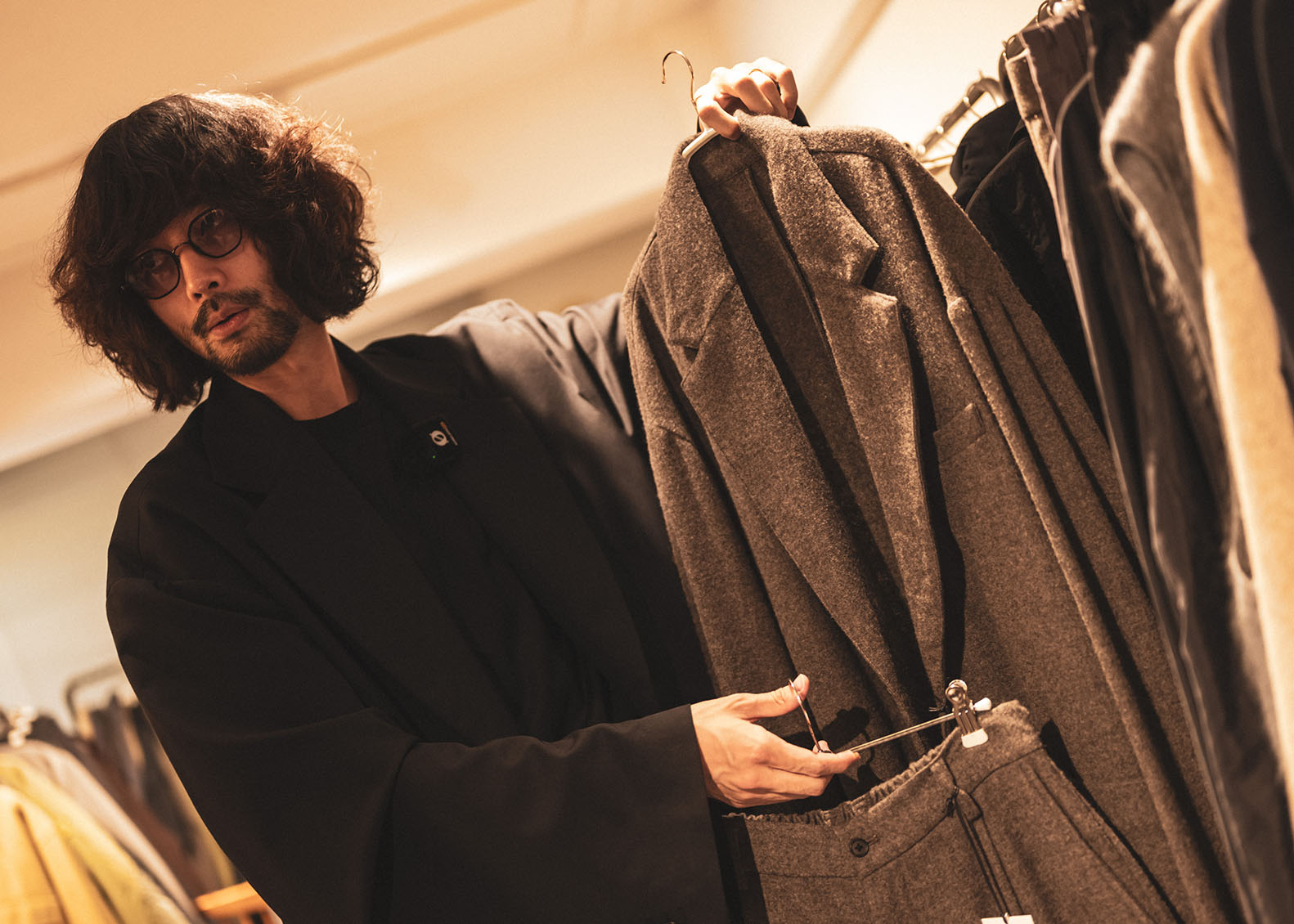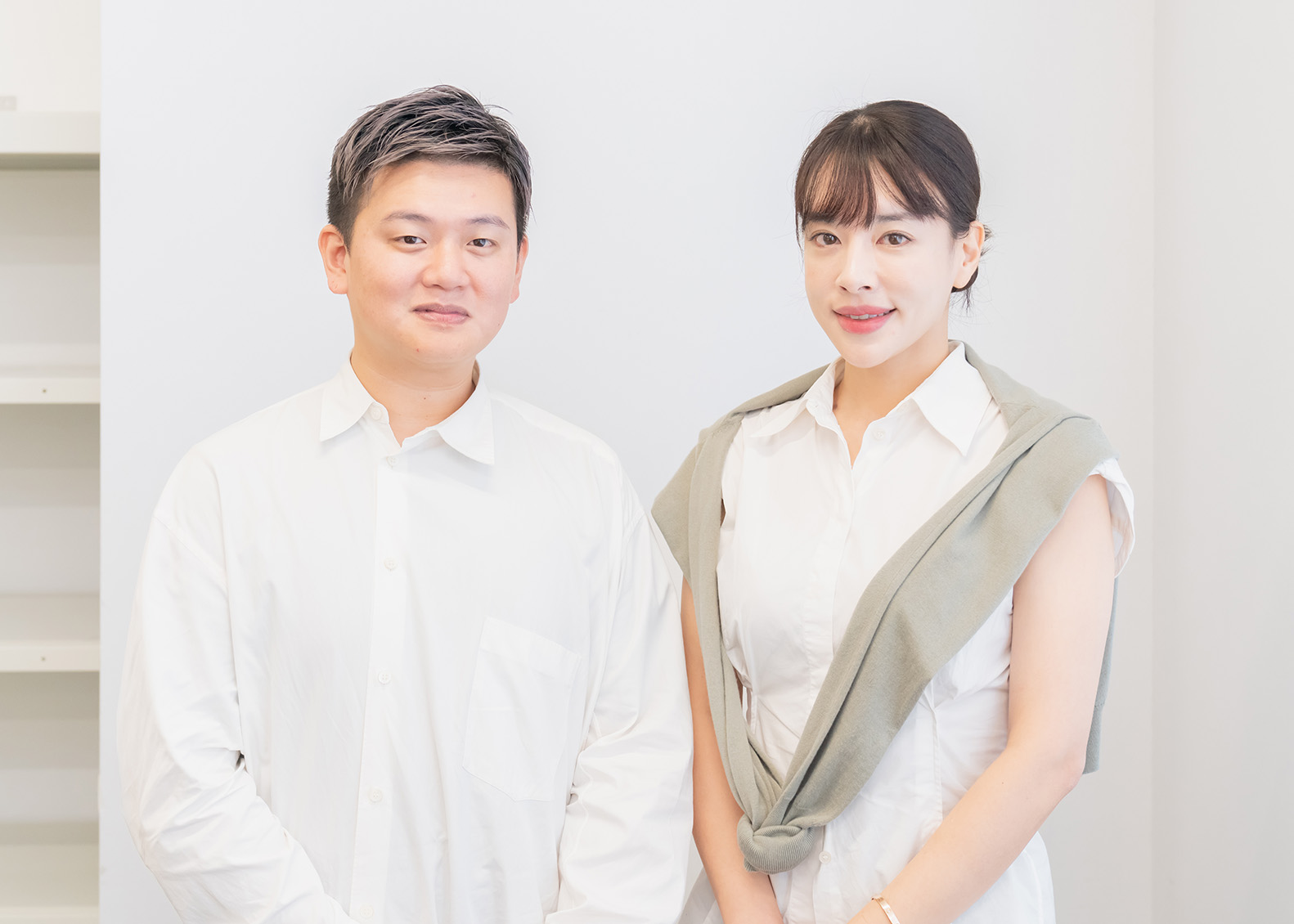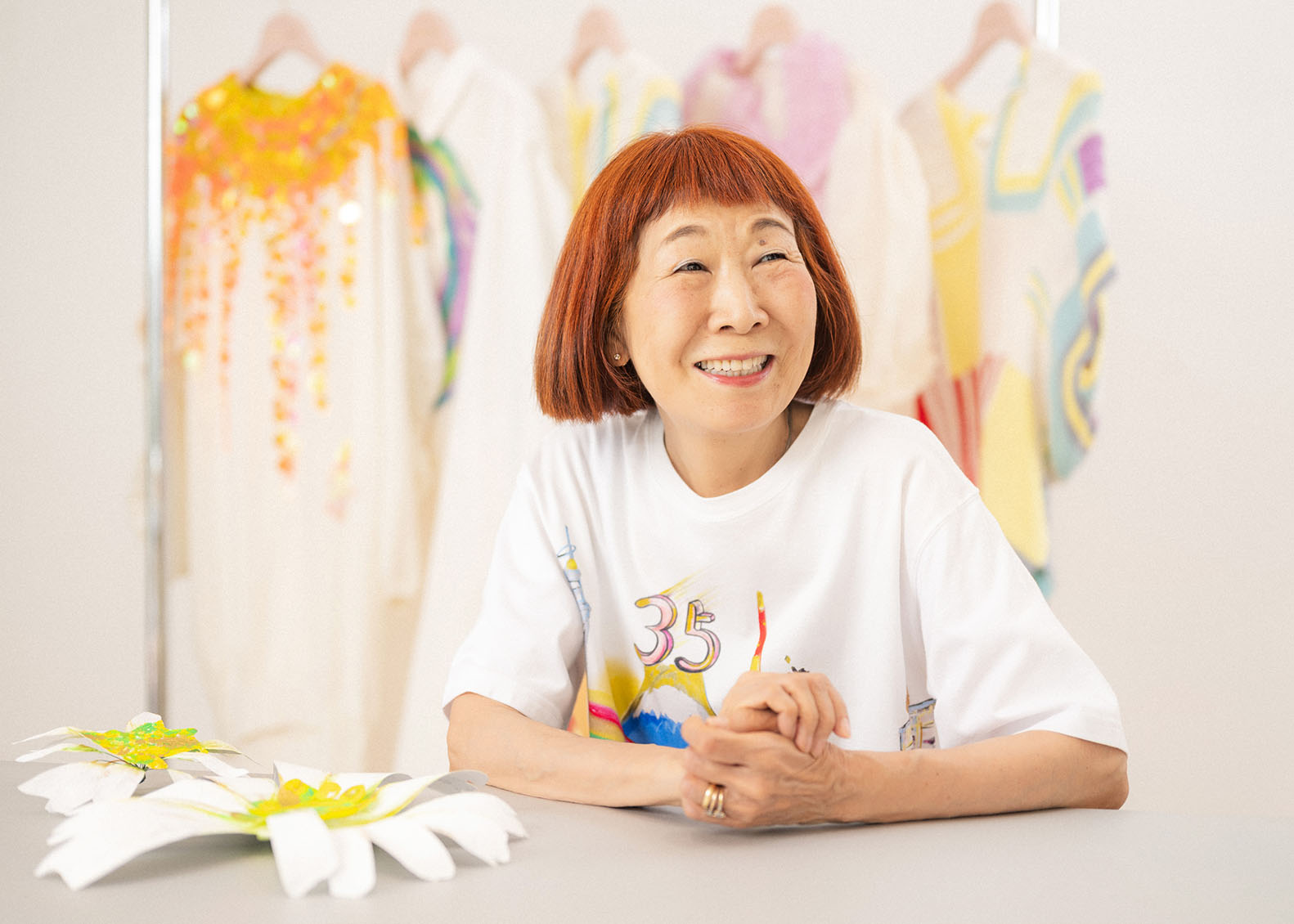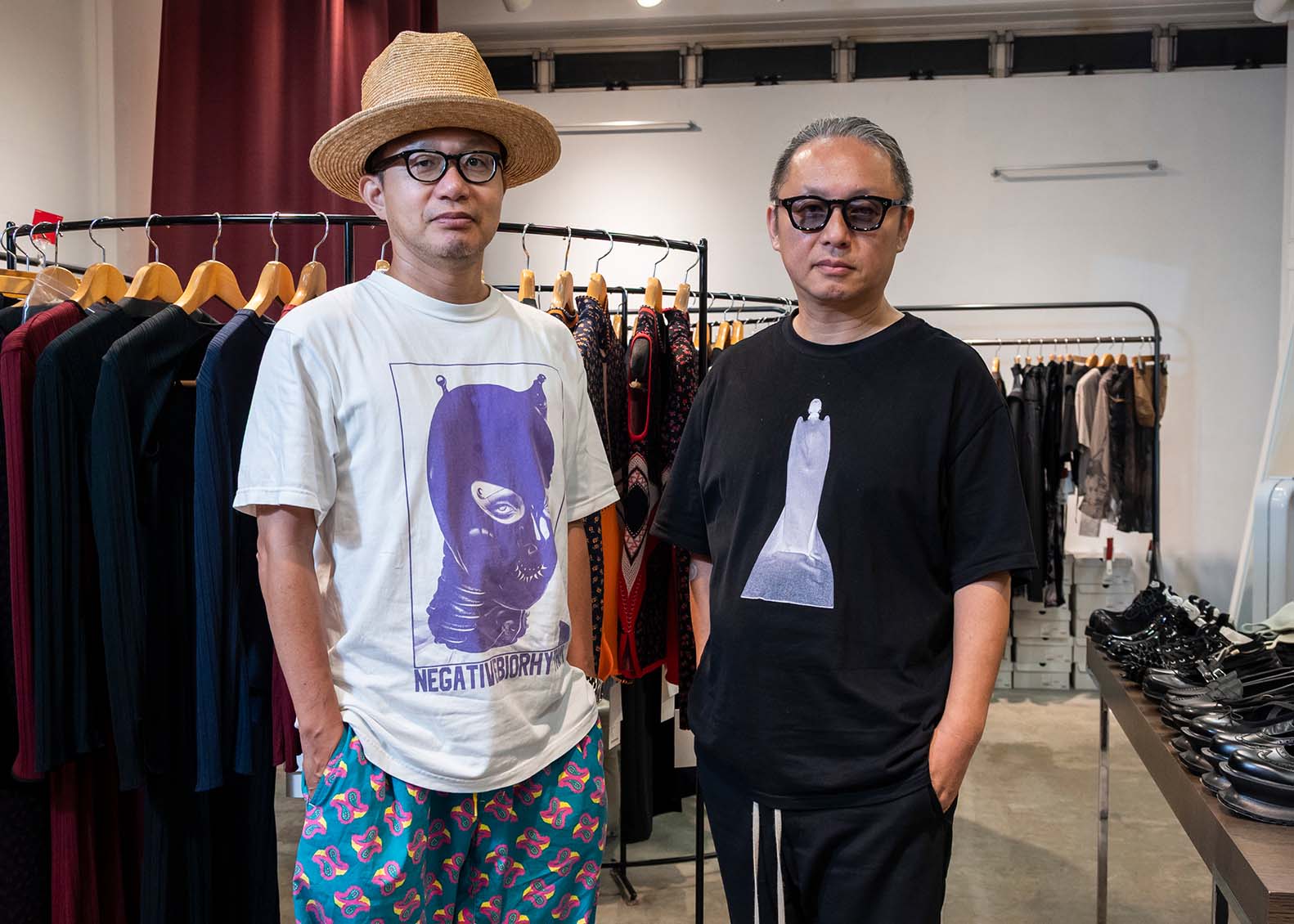Sara Sozzani Maino
Rakuten Fashion Week TOKYO has resumed its outreach to international buyers and press since the 24 A/W season, inviting them to Tokyo to attend the collection. For the 25SS season, which concluded on September 7, Sara Sozzani Maino, who is involved in efforts to nurture young designers internationally, was invited to attend numerous shows and exhibitions during the week. Sara shares her thoughts on Japan’s fashion scene after returning to the country for the first time in six years.
I’ve been told this is your first time back in Japan after many years. How does the fashion scene in Tokyo appear to you now?
First of all, I’m thrilled to be back in Japan after six years, and I can feel a strong energy from Tokyo’s fashion scene. The rise of young talent is incredibly exciting, and I’d love to see more young brands featured on the Rakuten Fashion Week TOKYO schedule. Fashion shows are, of course, important, but nowadays, other kinds of exhibitions also carry weight. It may be necessary to incorporate more opportunities for highly original presentations that resonate with younger brands into the program./p>
What specific alternatives to the fashion show do you see as having the most potential?
I’d love to see presentations that are freer and more in tune with the sensibilities of younger generations. There are many ways to showcase a collection—through exhibitions, parties, or performances, for example. When everything is presented together in a single venue, it becomes difficult to get a sense of each brand’s individuality and personality. I think international buyers would find it exciting to see brands express their unique worldviews and identities through different types of venues.
What is the image of the Japanese fashion market from the perspective of Western markets?
Street fashion is still strongly associated with Japan, and when Western designers look for street style references, they often turn to Asia—particularly Tokyo and Seoul. Many brands, including Tod’s, view the Asian and, specifically, Japanese markets as highly important on platforms like TikTok and YouTube, and they are quite conscious of their Japanese audience. Additionally, since Japan has produced iconic brands like Comme des Garçons, Junya Watanabe, sacai, UNDERCOVER, KENZO, and ISSEY MIYAKE, there’s always a great deal of attention on young Japanese designers, with people constantly asking, “Who’s the next big star?” However, there is also an image of Japan as a country that tends to be risk-averse, which can give the impression that its fashion industry sometimes lags behind global trends.
During your stay in Japan, you’ve visited many brands. Can you tell us which ones left a particularly strong impression?
In today’s world, it’s important to convey the process behind how clothes are made. HIDESIGN did a fantastic job in this regard, making use of a presentation style that went beyond the typical fashion show to communicate that process in a compelling manner. pillings is also a very interesting knitwear brand, and I was struck by how talented its designer is. As for brands that I’d like to see more from in the future, KAMIYA and BALMUNG both left a strong impression.
During the shows and atelier visits, were there any designs that struck you as being particularly inspired by Japan or Tokyo?
There wasn’t anything that, on the whole, felt distinctly Japanese or specifically Tokyo-esque in terms of design. However, one common feature might be the detailed research that each designer puts into their work. For example, HIDESIGN conducts extensive research from a technological perspective, and pillings approaches knitwear with a level of precision you could almost describe as obsessive. Additionally, when you talk with designers about the motivations behind their designs—their backgrounds and processes—you can sometimes catch glimpses of Japan’s local character.
Which brands can you envision being successful internationally?
Among the brands I saw this time, CFCL, KHOKI, HIDESIGN, and pillings stand out. I also have high expectations for sulvam, whose show I’m planning to see soon.
Is there anything you think Japanese designers should do more of?
I think Japanese designers need to communicate more. They should leverage social media and other platforms to engage actively with the international market. Culturally, there may be a tendency toward shyness, and as Yoshikazu Yamagata, who I joined in a talk event, put it, “Japan is a small, closed island country.” However, we’re now in an era where it’s crucial to break out of that environment and engage with the global audience. Of course, it depends on how a brand is positioned, but to effectively convey their stories, brands need to communicate with the younger generations that will shape the future.
What qualities are necessary for a brand to succeed internationally?
Today, it’s crucial for brands to show how they are taking on social responsibility, but I feel that this attitude is often less visible among Japanese brands. There were a few brands that emphasized sustainability through recycling and upcycling, but I didn’t see many addressing themes like ethics and human rights. These issues are critical when thinking about the next generation, and personally, whether a brand engages with social issues has become a key factor in my evaluations of them. I find it difficult to be interested in brands that don’t embody these values. Simply making clothes because you love them is no longer enough. In an age where we don’t need to create more things—where new clothes aren’t really necessary—the story behind why a design came to be and why it’s needed becomes all the more essential.
On the first day of my stay in Japan, I visited a studio called STYLE WARS TOKYO. The owner was fascinating, collaborating with Moroccan artists and taking part in upcycling and recycling initiatives. Additionally, while HIDESIGN doesn’t explicitly champion sustainability, its design process and approach to making convey a sense of social responsibility in its own way.
Is there anything you’d like to tell young designers in Japan?
Above all, hold firm to your values. While it’s important to listen to the opinions around you, you must remain true to your own beliefs and goals, grounded in a sense of social justice. Precisely because we live in an age where there is no urgent need to create new clothes, I hope you will think carefully about the kind of value you should provide through whatever you create.
Interview by Tomoko Kawasaki
Photography by Yohei Goto
She founded Vogue Talents with Franca Sozzani in 2009. Vogue Talents has been a worldwide project and network supporting independent creative talent. She regularly attends as a judge and consultant in several fashion competitions, including LVMH Prize, the Woolmark Prize, Fashion Trust Arabia, International Talent Support (ITS), and many others.
[ Instagram ] https://www.instagram.com/saramaino_

